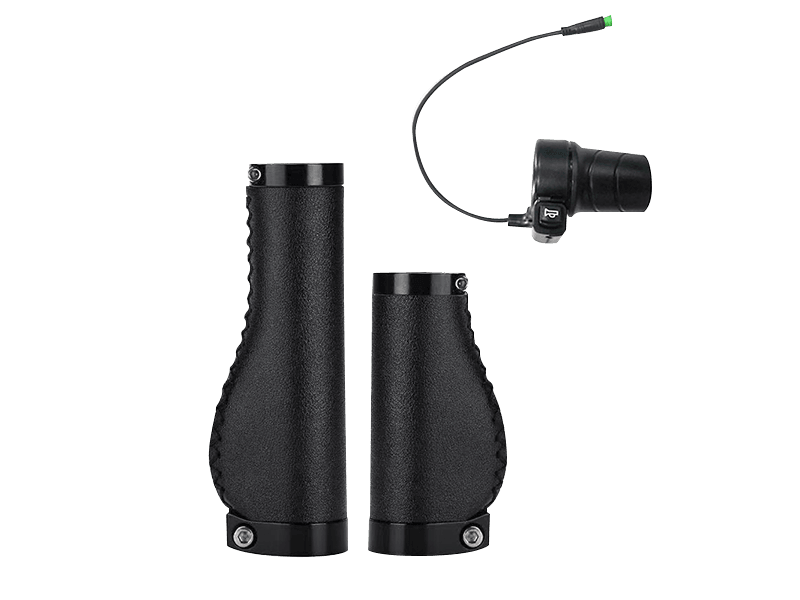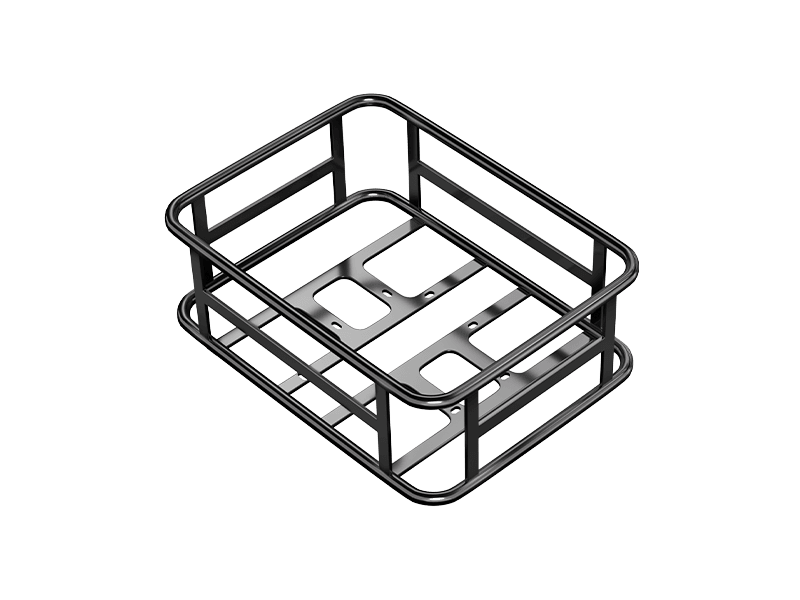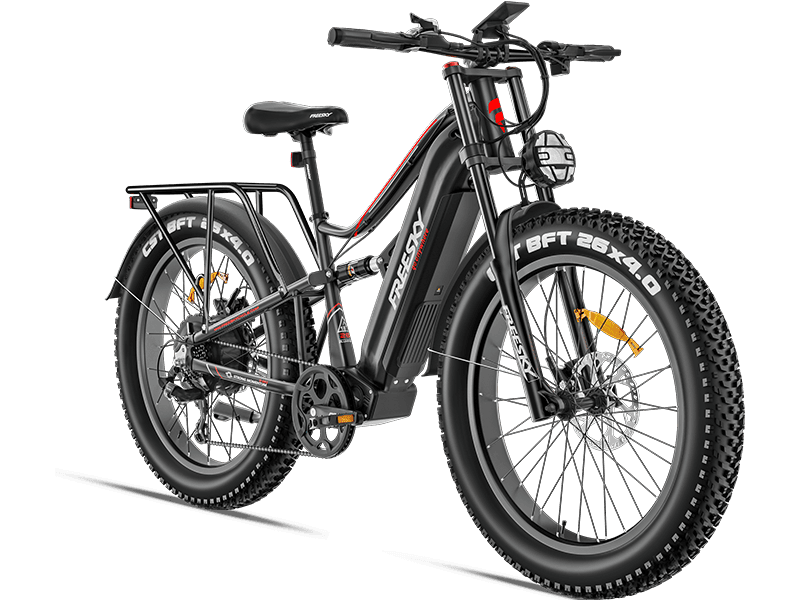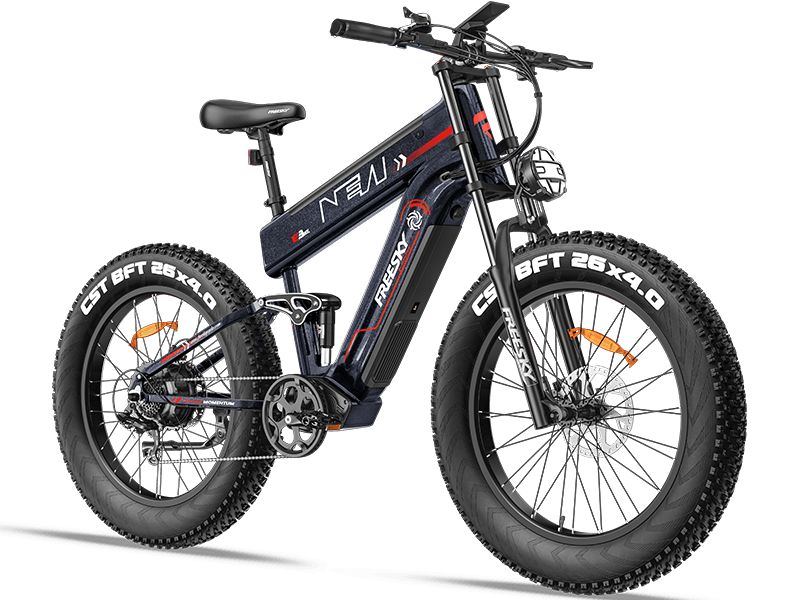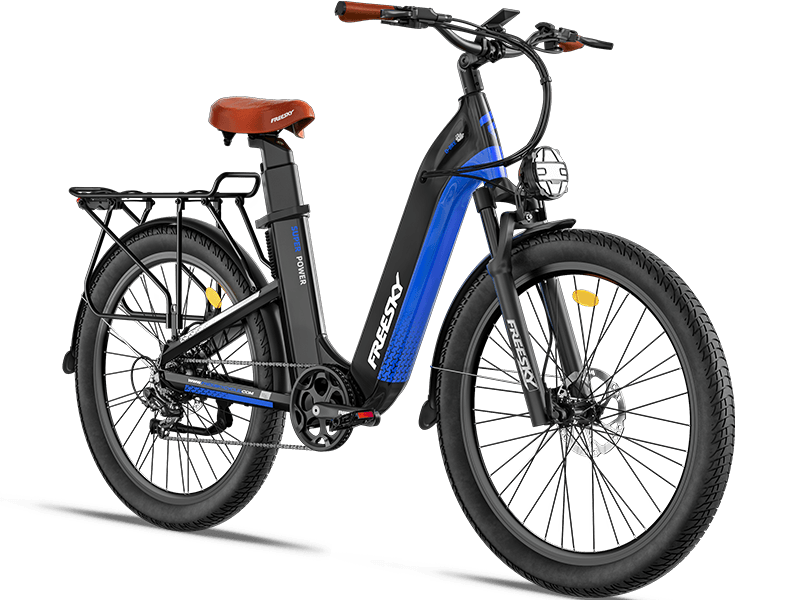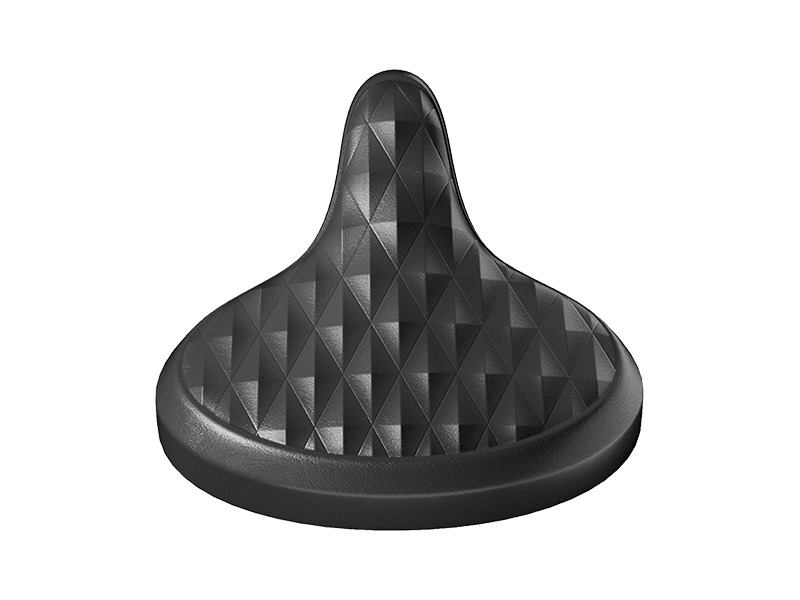Speed vs. Torque Sensors in E-Bikes: Which One Powers Your Ride?
MAY 22, 2025
Electric bicycles (e-bikes) have revolutionized urban commuting and outdoor adventures, offering pedal-assisted power that makes cycling more accessible and enjoyable. At the heart of this technology lie two critical components: speed sensors and torque sensors. While both enhance your riding experience, they operate in fundamentally different ways. Let’s dive into how these sensors work and what they mean for your ride.
Speed Sensors: The Basics
Speed sensors are the simpler and more common of the two. Typically mounted on the wheel hub or pedal crank, they detect rotational movement to determine how fast you’re pedaling or moving. Here’s how they work:
-
Mechanism: A magnet attached to the wheel or crank passes by the sensor with each rotation, sending a signal to the motor controller.
-
Power Delivery: The motor provides assistance based on your pedaling cadence or wheel speed. For example, if you pedal faster, the motor increases power proportionally (up to a preset limit).
-
User Experience: Riders get consistent, predictable assistance, especially at higher speeds. However, the support may feel less "natural" because it doesn’t account for how hard you’re pedaling—just how fast.
Pros:
-
Lower cost and easier to maintain.
-
Ideal for casual riders or flat terrains where steady assistance suffices.
Cons:
-
Less responsive to varying effort (e.g., climbing hills).
-
Can feel abrupt when assistance kicks in or cuts off.
Torque Sensors: The Next Level of Precision
Torque sensors elevate the e-bike experience by measuring the actual force you apply to the pedals. Found in mid-to-high-end e-bikes, these sensors create a seamless synergy between human effort and motor power. Key features include:
-
Mechanism: Strain gauges embedded in the crank or bottom bracket detect minute deformations caused by pedaling force, translating it into an electrical signal.
-
Power Delivery: The motor adjusts its output in real time based on your pedaling effort. Push harder (e.g., uphill), and the motor amplifies your input instantly.
-
User Experience: The ride feels intuitive, almost like an extension of your own strength. It mimics the feel of a traditional bike but with a "superhero" boost.
Pros:
-
Natural, dynamic assistance tailored to terrain and effort.
-
Better battery efficiency, as power scales with need.
-
Preferred by performance-oriented riders and commuters tackling hills.
Cons:
-
Higher cost due to complex engineering.
-
Requires occasional calibration for accuracy.
Speed vs. Torque: Which Should You Choose?
Your decision hinges on riding style, budget, and terrain:
-
Speed Sensors suit riders who:
-
Want affordability and simplicity.
-
Ride mostly on flat roads or at consistent speeds.
-
Don’t mind a less nuanced power delivery.
-
-
Torque Sensors appeal to those who:
-
Value a responsive, "natural" biking feel.
-
Navigate variable terrain (hills, trails, stop-and-go traffic).
-
Are willing to invest in premium performance.
-
The Future of E-Bike Sensing
As e-bike technology evolves, some brands are integrating hybrid systems that combine speed and torque data for even smoother rides. Meanwhile, advancements in machine learning could enable sensors to "learn" rider preferences over time.
Final Thoughts
Whether you prioritize affordability or performance, understanding sensors is key to choosing the right e-bike. Speed sensors offer straightforward assistance, while torque sensors deliver a refined, athletic ride. Test both if possible—your legs (and your commute) will thank you!
Ready to upgrade your ride? Share your sensor preferences in the comments! 🚴⚡


